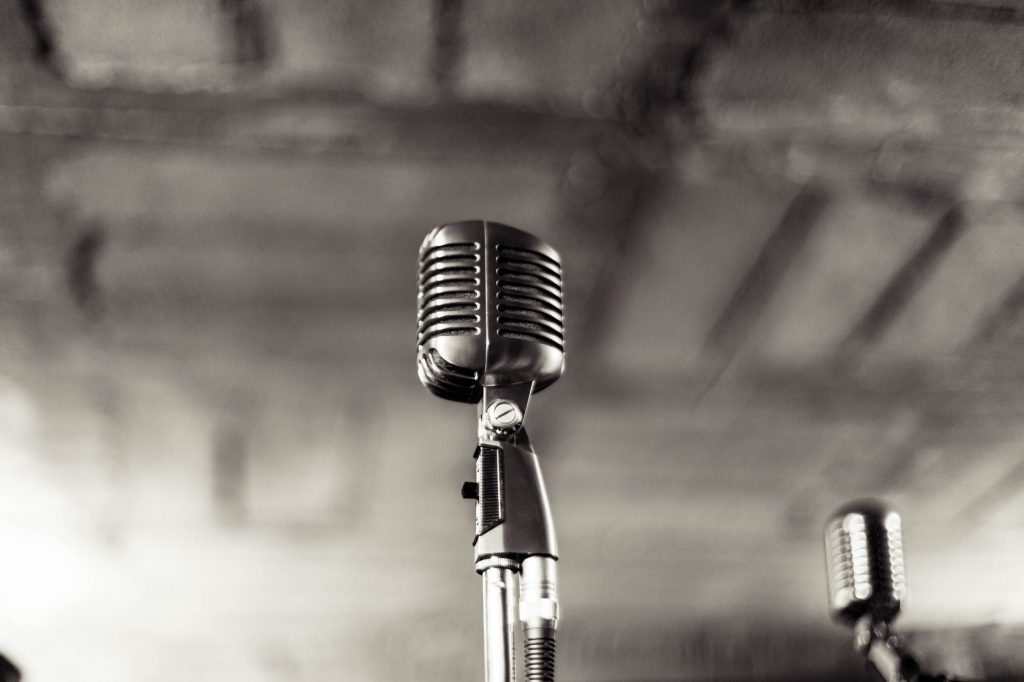Theatre has always mixed diverse artistic mediums to make cohesive storylines and narratives. Artists invent exciting uses for casual and non-conventional technology as a way of expression, as well as the component pieces that are utilised in theatrical settings to help stimulate creativity. Similarly, the electronic informational era has made a multitude of theatrical possibilities for manufacturers of the arts, and digital and automation technology improvements have become regular to working theatres. Listed below are just four ways technology has changed the onstage performance landscape:
1) Tech and Music
Indeed, a musical theatre participant must know about the altered duties musicians have together with the addition of electronic technology. The most notable change is that the use of monitored or pre-recorded audio in live performance settings, a theory that’s vehemently debated, and typically disliked by artists.
When paths are utilised in conjunction with live musicians, the digital samples help improve and enhance the noise of their ever-shrinking size of theatre pit orchestras. Additionally, musical instruments today rely heavily on electronic tech to make the necessary contemporary instrumentations. By way of instance, a musician can use unique placements of different microphone types, or may incorporate guitar pedals and impacts boards, or might even include a click track for speed control. Technology has radically changed the way the musician performs as well as the soundscapes that may currently be attained. Another clear case in point: a pianist seldom plays an acoustic instrument in the theatre anymore, instead opting for entirely programmed keyboards or workstations.
2) Sound and Technology Design
Though a pit ring creates the Music, the audio design employs technology in a large number of configurations to catch the sound and introduce it to the viewer in a given way. Soundboards are now entirely digital and can edit any device voicing via the usage of preamps and synthesisers. Vocal processing is everyday use today. Audio effects no more must be field listed; digital results are available for purchase online. Audio partitioning is far better than ever in progressively smaller sizes. No requirement for all the sound cables: electronic snakes and Wi-Fi RF boards are wholly anticipated as operational things integral to the development of their noise cancelling. Sound painters, in nature, exist as reside purveyors of audio through technologies.

3) Automation
This may look like an obvious example, but this is because automation can be quite noticeable onstage as hydraulics elevator in massive props or set pieces. A chair alarm can be utilised to set off cues and even pyrotechnic effects. On a smaller scale, many everyday things in theatre rigging currently rely on automatically timed answers from its tech. Follow-spots were formerly controlled by stagehands that illuminated the activity on stage, but that practice is often substituted by automatic electronic follow-spots controlled by the technology booth.
Lighting cues tend to be programmed in the consecutive order above fifteen-second spans. Massive props are usually automated on railings, and they’re timed digitally by phase management cues from backstage. Projections and video screens are very popular amongst theatre creators, and the many potential uses of the tech are only beginning to be researched.
4) Social Media and Theatre
While this doesn’t especially pertain to the daily performance of a theatre, it likely has the most significant influence on the theatre community together. The times of traditional advertisements are dwindling, and social media is rapidly becoming the most outstanding method to sell tickets and generate awareness. In various ways, this can be of best consequence into the independent or small theatre company, since the quantity of prospective ticket buyers manufacturing is now able to reach is entirely determined by its internet presence and electronic community, instead of on its marketing budget. Most tickets are offered online and via email, so forget that the paper stubs. Ticket sales are readily available for anybody with Web access.
Moreover, together with the rise of online traffic on social networking, advertising is not restricted to one advertising department; it today becomes a company-wide duty, as most actors of a theatre production can manufacture earnings traction through their online presence. Social media and the internet has created the possibility for groups and fan forums to arise. Theatre groups can spread information such as rehearsal dates and falls prevention training tips for all to see.
Though a vast majority of these technological facets are of these common uses in the performing arts which they produce no surprise from the average theatregoer, it’s perfect for us as musicians to remind ourselves of our reliance on theatre tech. Performers will need to match their artistic abilities in the parameters made by the addition of technology. An understanding about how to utilise all the available tech tools at your disposal could substantially improve and conserve a generation. That is part of becoming a nuanced performer from the electronic era, and it may result in several the most creatively motivated work, on a visual and musical degree.
